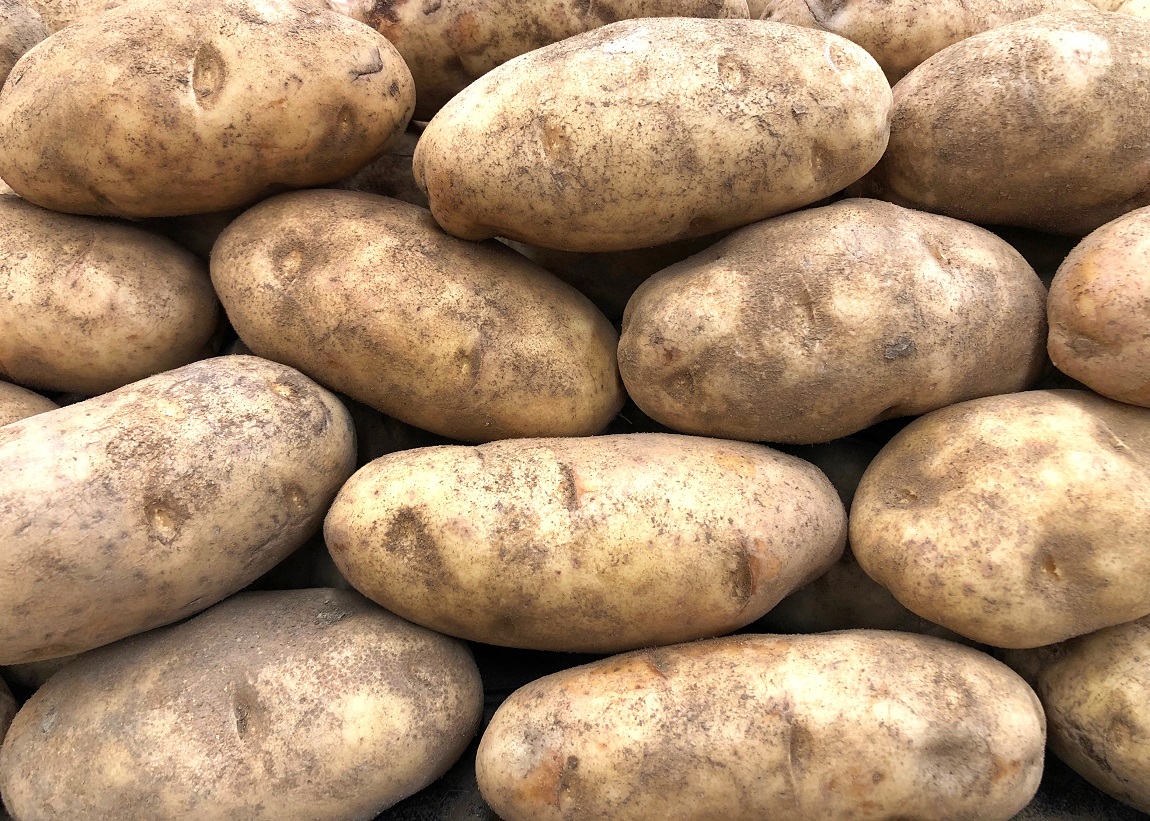Potatoes…and So Much More
A mere seven miles and a state border separate the land-grant universities of Washington and Idaho. Last November we focused on the extensive variety development programs of Pullman-based Washington State University (WSU), so this week the University of Idaho (UI) in Moscow (pronounced MOSS-ko, not MOSS-cow), Idaho is the stop on our tour of land-grant universities.
Due in no small part to the effective marketing efforts of the Idaho Potato Commission, when most people think of Idaho they think of potatoes, and it is no wonder. The state is the top producer of the vegetable in the U.S., followed by Washington. Potatoes are also the top commodity in the state, which might explain why it boasts a Potato Museum. While field crop acres far exceed potato acres, most Idaho farmers use them as a rotational crop for–you guessed it–potatoes. USDA’s National Agricultural Statistics Service (NASS) reported 310,000 acres of potatoes in Idaho in 2019 at a value of $1.04 billion. Meanwhile, there were 1.2 million acres of wheat, 550,000 acres of barley, and 390,000 acres of corn in Idaho in 2019, translating to a total value of $902 million. Simply put: in Idaho, the potato is king.
Besides potatoes, Idaho is also the top U.S. producer of barley. But that isn’t to say that the state is only potatoes and field crops. The Gem State is also the top producer of peppermint oil ($38 million); number two in hops ($89 million) and sugarbeets ($285 million in 2018); number three in alfalfa; and number four in onions ($65 million) and lentils ($7.3 million) in addition to spring wheat ($200 million).
Before there was the State of Idaho, there was the University of Idaho, but not by long. Idaho achieved statehood in 1890, about 1.5 years after the founding of its only LGU in 1889. For those wondering, the UI predates its western neighbor WSU by just over a year.
True to form, the number one potato-growing state in the country also has a robust potato breeding program at its land-grant university (LGU). The Pacific Northwest–consisting of Idaho, Oregon, and Washington–is arguably the best place in the world to grow potatoes. Recognizing this, the states combined their potato breeding research and breeding efforts conducted by their respective LGUs through the Northwest Potato Research Consortium. While potato research happens at several locations across the state, UI’s potato breeding program is headquartered at its Aberdeen Research and Extension Center (REC), a mere 9-hour drive away from the main campus in Moscow.
In addition to potatoes, the Aberdeen REC also supports UI’s wheat breeding efforts. The primary breeding location for UI’s substantial Cereal Program is the Tetonia REC, which lies to the north of Aberdeen and within a relative stone’s throw of Wyoming’s Grand Tetons to the east. The program develops new varieties of barley, oats, and wheat.
One hundred miles to the west of Aberdeen and near Twin Falls lies the UI Kimberly REC. In addition to potato storage research, the Kimberly REC is home to the university’s dry bean breeding program. According to UI, it is “one of ten public breeding programs in the U.S. and has been developing bean varieties for Idaho’s dry bean industry since 1925.”
Last but not least, UI is home to a canola and mustard breeding program at its Parker Farm facility near Moscow. The facility is part of the Palouse Research, Extension and Education Center.
